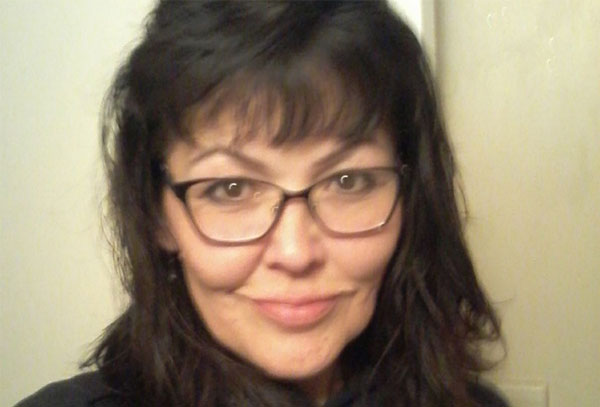
The Prince Albert Police Service is calling on the public to share any new information it may have into the disappearance of Happy Charles.
Charles went missing three years ago Friday. She was last seen in Prince Albert near Prince Albert Collegiate Institute (PACI), at 45 20th Street West on a surveillance video.
Last year police released security camera footage of a man they thought might have information regarding the case, but after further investigation, it was determined he wasn’t a suspect.
Investigators continue to actively pursue the case.
“Investigators have spent hundreds of hours looking into this file and interviewing dozens and dozens of people who knew Ms. Charles or who maybe were in the area or had seen her that day,” said police spokesperson Charlene Tebbutt.
“There is a lot investigators have been doing. It’s difficult to say how many people they’ve talked to or how many hours were put in, but certainly, investigators are actively working on this file, and at this point, hoping someone comes forward with some information they don’t already have.”
Tebbutt wouldn’t speak to what information investigators have, or how new that information might be, just emphasizing that they continue to “put a lot of time” into any tips or leads that might come forward.
According to a press release, many people have been cooperative in providing statements and facts about the night of Charles’ disappearance. The police service is urging anyone with additional information to come forward and help the family to find closure.
“Whatever the truth is, the family and all those connected deserve to know what happened to their loved one,” said Sgt. Kathy Edwardsen with the Prince Albert Police Service in a press release. “We urge anyone who has any information, no matter how insignificant it may seem, to come forward and help police find the truth.”
Charles was born on March 22, 1975. She’s five-foot-11 and weighs 115 lbs. She has brown eyes and black hair and a scar on her left cheek. She has a tattoo of a rose on her right hand.
Tebbutt said someone, somewhere, must have information that can help the family get the answers they’ve been seeking for three years.
“There must be something out there that hasn’t been shared yet because nobody knows where (Charles) is,” Tebbutt said.
“Police would like to know where Ms. Charles is and help the family find closure. There is information out there. Police are hoping someone comes forward and talks to them.”
Throughout the investigation, Tebbutt said, police and victim services have been in touch with Charles’ family.
Her family, including her daughters, have been actively walking to raise awareness about her case but also about missing and murdered Indigenous Women and Girls more generally and about what supports are needed for families going through similar struggles.
They’ve held walks and vigils at PACI, the last place their mother was seen alive.
Carson Poitras, Charles’ stepfather, said during a walk last May that his family has learned a lot during this time, lessons they can pass along to others.
He said he wanted to tell the public “to watch their children, keep in contact with their children, keep them safe. That’s the message we’ve been promoting throughout the province.”
He also advised that families keep DNA on file for multiple generations, not just the children.
“DNA is a big one. That’s where we’re at right now,” he said. “We don’t want to wish that on anybody, but just in case, get some DNA stored away in case you need it.”
Poitras said his family went to a meeting in Regina and met 19 other families, all who had the same story. That’s why his family is calling for a centralized resource to help anyone who has to go through the process of looking for a missing loved one.
“The big thing is we would like a missing person’s office. We’ve been talking about that for the last couple of years, where they would have an office where they can help a family out with someone who is missing, instead of going through what every Aboriginal family has,” he said.
“We all had to start from scratch. We all had to learn what we needed, and how to get resources in line. That would be our ultimate goal.”

